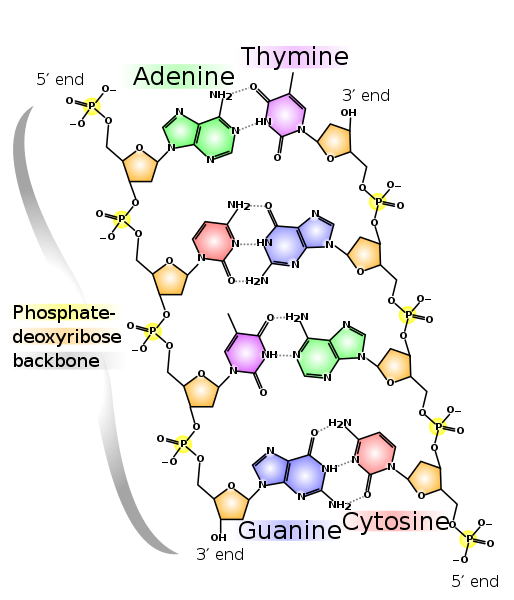With the drastic increase of technology in robotics in the past decade, should we be fearful robots will take our jobs in the future?
Posdoctoral research fellow Brian Gleeson in the University of British Columbia computer science department doesn’t believe so – his paper “Gestures for Industry” seeks to push the boundaries of human interactions with robots in a society where mass production is essential for satisfying the demand for goods by consumers.
Significant technological advancements in relatively short periods of time have not only resulted in better household goods, but have also extended to the production process itself. The use of robots in every nook and cranny of industrial assembly lines has allowed for faster, more efficient production of goods. However, over the years, the transition to more mechanized labour has come under fire from the human workforce – many fear for the security of their jobs.
This video below shows the progress of technology and robotics, and what this implies for job security:
Technological advancements are showing no signs of slowing down, so are robots destined to take over the production process entirely?
Fortunately not, and many will take comfort in learning that the “Gestures for Industry” paper explores the integration of robotic assistants to increase efficiency, safety and to reduce stress on workers.
Dr. Gleeson has extensively studied human-human interactions, as well as human-robot interactions using only hand gestures to accomplish various tasks. Through this, they discovered that participants, human or robot, must know what the task is ahead of time. For example, knowing whether the task is placing a part in a specific location or manipulating multiple parts is imperative to fully understanding their partner’s hand gestures. Just like the human-human teams, the human-robot teams were able to perform these tasks that communicated specific details without any vocal, touch or eye communication. Dr. Gleeson’s research is one of the first stepping-stones towards human-robot interactions and the future implications of these findings are endless.

These are the types of one-armed robots Brian Gleeson and his team work on.
(via Wikimedia: Lionel Allorge)
The podcast below provides insight on Brian Gleeson’s study and delves into the future of robotics.
Audio clip: Adobe Flash Player (version 9 or above) is required to play this audio clip. Download the latest version here. You also need to have JavaScript enabled in your browser.
While the field of robotics is undoubtedly advancing at a significant rate, human workers need not be concerned with being out of a job. Dr. Gleeson states that robots have already replaced humans in the workforce wherever possible, and that the next step to a safer, more efficient production process requires humans and robots to coexist and cooperate with each other, ultimately resulting in a higher standard of living.
On a side-note, a recent article from Forbes reports robots will actually create more jobs.
– Nicole Gehring, Harleen Kalra, Curtis Ma, Alvinesh Singh









